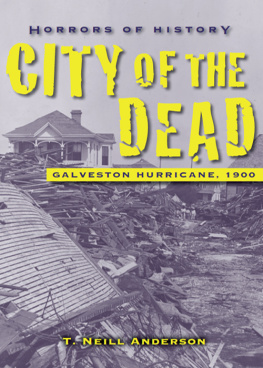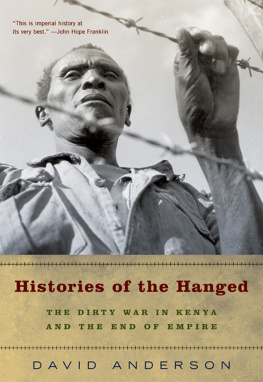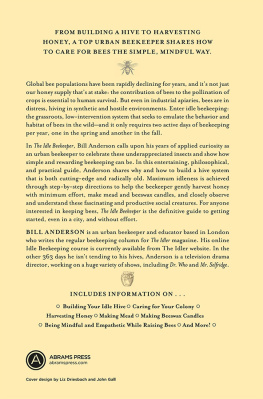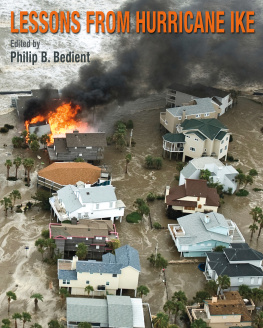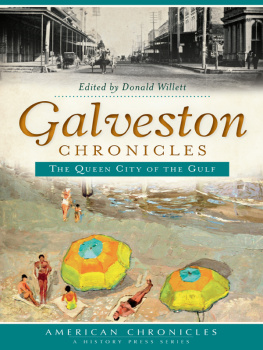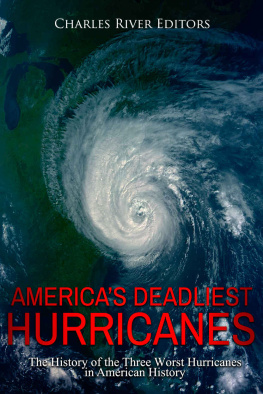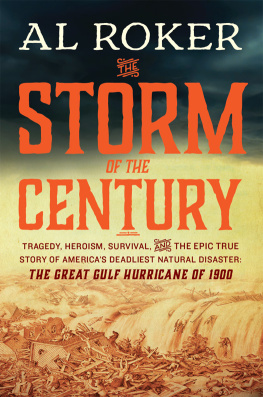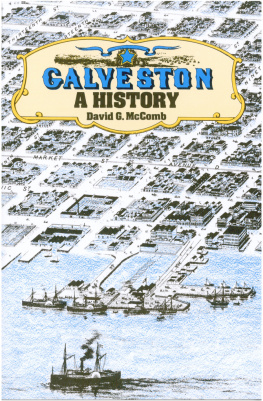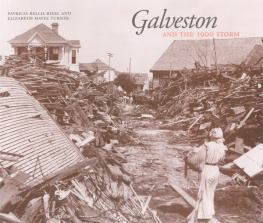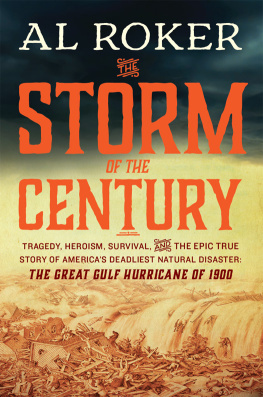
To the city of Galveston and to all who lost thier lives on that terrible Saturday in September
Copyright 2013 by MTM Publishing, Inc.
All rights reserved, including the right of reproduction in whole or in part in any form. Charlesbridge and colophon are registered trademarks of Charlesbridge Publishing, Inc.
MTM Publishing, Inc.
435 West 23rd Street, #8C
New York, NY 10011
www.mtmpublishing.com
President: Valerie Tomaselli
Series creator: Hilary Poole
Designer: Annemarie Redmond
Illustrator: Richard Garratt
Copyeditor: Sandra Smith
Editorial assistants: Lila Gyory, Anna Luciano
Published by Charlesbridge
85 Main Street
Watertown, MA 02472
(617)926-0329
www.charlesbridge.com
Library of Congress Cataloging-in-Publication Data
Anderson, T. Neill.
Horrors of history: city of the dead / by T. Neill Anderson.
p. cm.
Summary: The fate of Sam, Charlie, Alice, Daisy, and other Galvestonians hangs in the balance as the floodwaters rise during the great hurricane that hit Galveston, Texas, in 1900.
ISBN 978-1-58089-514-9 (reinforced for library use)
ISBN 978-1-60734-535-0 (ebook)
ISBN 978-1-60734-603-6 (ebook pdf)
1. HurricanesTexasGalvestonHistory20th centuryJuvenile fiction. 2. Floods
TexasGalvestonHistory20th centuryJuvenile fiction. 3. SurvivalTexas
GalvestonHistory20th centuryJuvenile fiction. 4. Galveston (Tex.)History20th centuryJuvenile fiction. I. Title. II. Title: City of the dead.
PZ7.A5516Ch 2013
[Fic]dc23 2012024491
Printed in China
(hc) 10 9 8 7 6 5 4 3 2 1
Display type set in Cracked and text type set in Adobe Caslon Pro Printed and bound February 2013 by Jade Productions in Heyuan, Guangdong, China

St. Louis, Mo., Sept. 9. The office of the Western Union Telegraph Company in this city is besieged with thousands of inquiries as to the extent and result of the terrible storm that cut off Galveston, Texas, from communication with the rest of the world. Rumors of the most direful nature come from that part of Texas, some of them even intimating that Galveston has been entirely wrecked and that the bay is covered with the dead bodies of its residents.
Western Union, September 9, 1900

P ROLOGUE
T HE YOUNG NEWSPAPER REPORTER SAT in a small rowboat in Galveston Bay, not believing his eyes.
Human bodies bobbed facedown in the water, bumping against the boat. Men, women, children, babies. Swollen and lifeless. One corpse was twisted at the waist so that its face was visible, wide-eyed and stricken with terror.
The reporter had already spent five hours floating through the bay toward Galveston Island. Just three days before, Galveston, located three miles off the coast of Texas, had been shaken by a giant and brutal hurricane. As a gentle breeze nudged the boat through the calm water, the reporter now knew what he was moving toward: a city of the dead.
The sound of a rifle firing somewhere on the island sliced through the air as the boat reached the wharf.
This is what the end of the world looks like, the reporter thought. He staggered into a city that had been shaken to its foundation. As far as the eye could see, houses lay in ruins. He passed worn men grouped about the streets, speaking in hushed tones, their faces blank. Sad-eyed women picked over the remains of their demolished houses. Children with cuts on their faces, barely dressed in tattered clothing, sat on piles of wood.
Bodies lay in the rubble. Some were buried under piles of bricks. Some had sharp pieces of timber lodged in their head. Most had been stripped naked by the storm and thrown like rag dolls across the ground.
The reporter saw smoke rising from behind a long stretch of mangled houses up ahead on the other side of the narrow island. What could have caught fire in this sodden place? The smell of rotting flesh emanated from within the endless piles of timber and brick. The reporter pressed on, struggling to keep from being sick. He gripped his nose and mouth with his hand to block out the stench, stepping over cooking utensils, tablecloths, window frames, toys, candles, books, bicycles, and empty dresser drawers. Ahead of him he saw trees uprooted and driven through houses like nails through a board, telephone poles that had been lifted up and thrown like darts, a piano lodged in the window of a capsized house.
He finally reached the shore on the south side of the island. A scarred beach stretched before him, the sand blotched with refuse and splattered with blood. Here and there along the mutilated shore, pools of slimy water stank with the dead bodies of chickens, birds, horses, dogs, and cats. Ahead for what seemed like a mile, destroyed pieces of houses and machinery from midway games stuck out of the water. Down the beach a giant fire blazed, fed with the timbers of wrecked homes.
The reporter stood on the beach and watched men pull bodies from the sand. One man in particular stood out, because he was struggling to lift the tiny body of a very young boy. Something was keeping the body buried in the ground.
The man knelt down and started scooping sand from around the body. Seeing a length of clothesline around the boys waist, he pulled on the line. Yet another body emerged from under the sanda girls this time, also with clothesline tied around her waist. The man followed the line and continued pulling. Another childs body surfaced, also a young girl. With tears in his eyes, the man continued pulling and digging. A boy appeared, holding the hand of another boy. More pulling on the line. A girl surfaced next, the fingers of one hand gripping the clothesline. After more digging, the man unearthed two more girls, locked in a horrified embrace, the head of one of them nestled into the chest of the other, their wet hair intertwined. Then a final grim tug, and a boy with a gash in his head came into view.
Nine children, tied together. All dead.
Through his tears the man saw that the boy with the head wound was holding on to something not yet visible beneath the sand. Trembling, the man pulled once again on the line.
It was the body of a nun. Her eyes were open, gazing up at the heavens.
The reporter couldnt watch any longer. He turned his head and looked down the beach. What was that he could see men dragging from the shore and over to the fire?
Bodies and more bodies. Now in heaps by the hundreds. Swollen and soaked. Decomposed. Waiting to feed the flames.

On September 7, 1900, Galveston, Texas, was a thriving island city of thirty-eight thousand people. It was a busy port with many oceangoing vessels at anchor, a travel destination connected to the Texas mainland by a railway bridge. A popular beach resort, the city was bursting with natural beautyroses, oleanders, palm treesas well as the finest shops and handsomest man-made structures that the Gilded Age could offer.
By September 9, Galveston was a city utterly destroyed, victim of the worst natural disaster in American history. An estimated eight thousand people were dead, and many thousands were homeless. Galveston was a waterlogged wreck, its bridge to the mainland wiped out, its communications with the rest of the country cut. Beaches, buildings, ships, housesall were cemeteries hiding their dead in unmarked graves.

